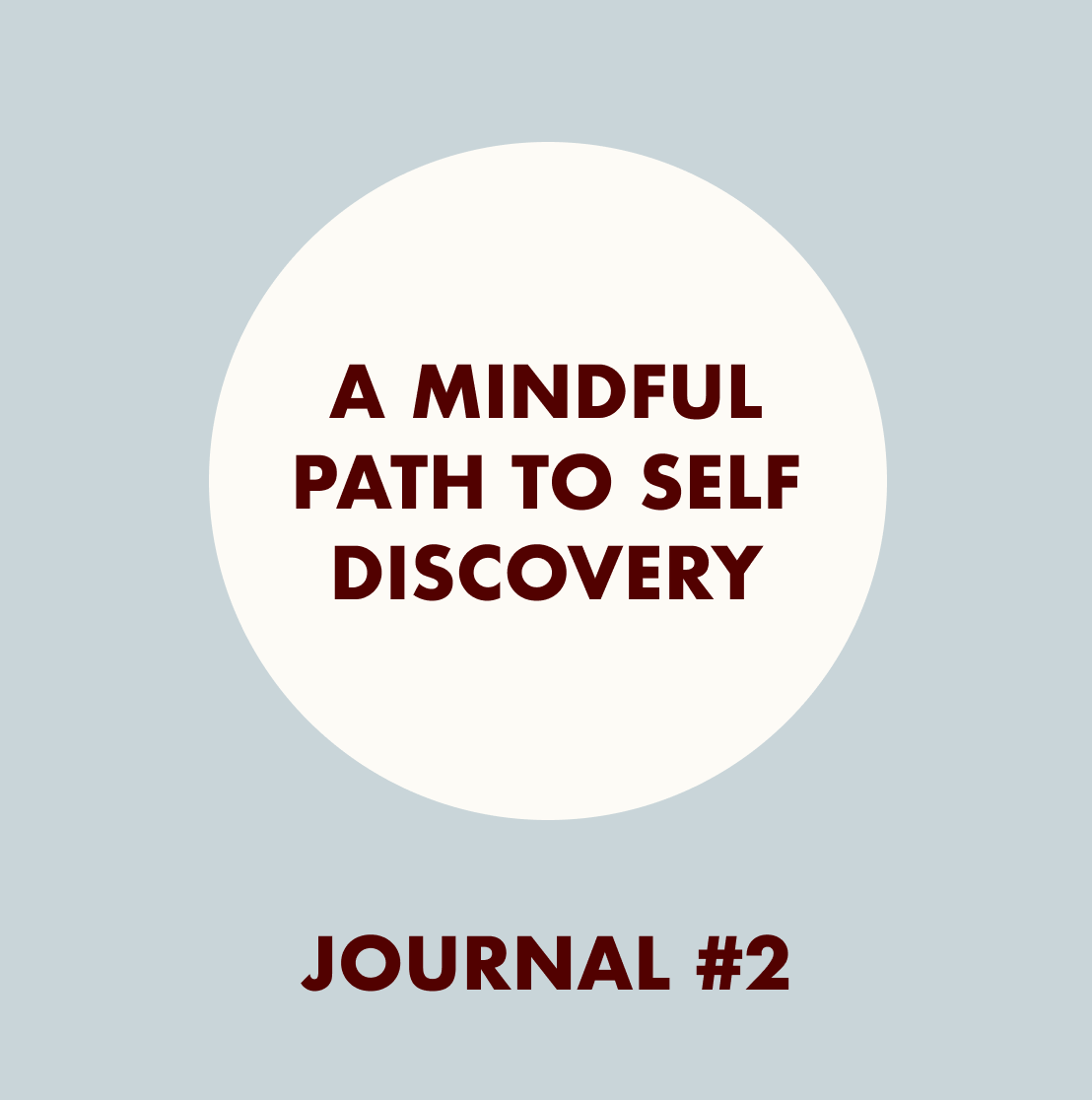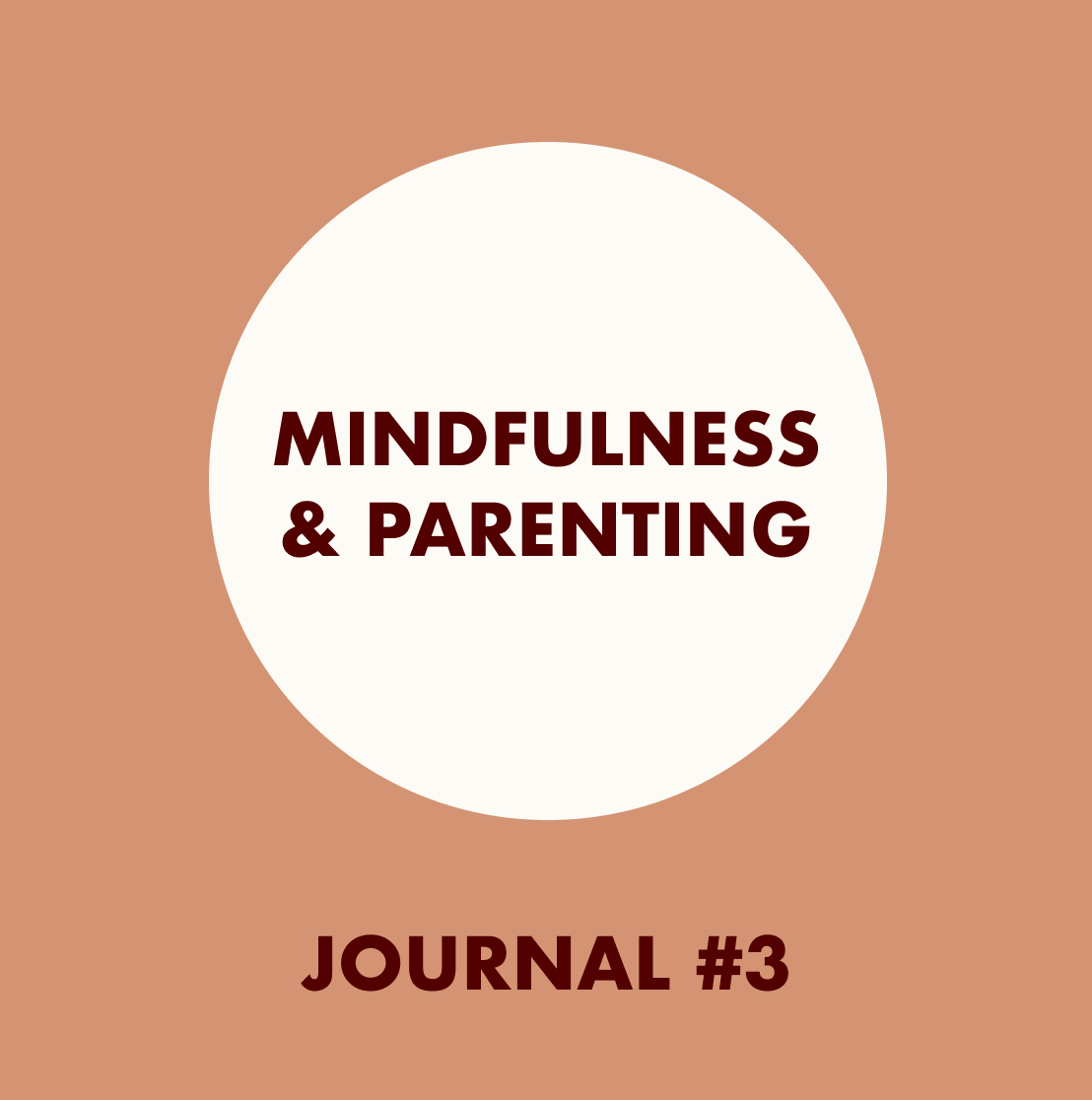Hi there,
I’ve been thinking a lot about how we spend our time behind the wheel. Driving is such a routine part of our lives, yet it’s also one of the few times when we’re truly required to focus. With so many distractions competing for our attention—whether it’s our phones, mental to-do lists, or even just zoning out—it’s easy to slip into autopilot mode. I wanted to write this post because I’ve found that mindful driving has transformed how I feel during and after each trip. It’s helped me stay present, calm, and—most importantly—safe. I hope the tips I share here can help you do the same.
Why Mindfulness is Crucial for Safe Driving
When we’re not fully present while driving, we increase the chances of missing important cues—whether it’s a pedestrian crossing the street, a sudden stop in traffic, or an unexpected hazard. Research shows that distraction—whether cognitive (daydreaming), manual (reaching for something), or visual (looking at a device)—is the number one cause of car accidents. In fact, a study published by the American Automobile Association (AAA) revealed that distractions contribute to over 58% of teen driver crashes alone.
Driving requires our full attention because it involves continuous decision-making in response to our surroundings. When our minds wander or we become preoccupied with other tasks, reaction times slow down, and our ability to make sound judgments diminishes. Mindful driving helps us stay alert, react quickly to changes, and significantly reduces the risk of accidents.
The Benefits of Mindful Driving
Mindful driving doesn’t just make the roads safer; it also creates a more enjoyable experience. When you practice mindfulness behind the wheel, you’re more likely to:
- Reduce Stress: Instead of becoming frustrated with traffic or rushing to your destination, you can approach driving with a sense of calm and ease.
- Improve Focus: By staying present, you enhance your ability to react to the road and make better decisions.
- Enhance Emotional Control: Mindfulness helps you manage the emotions that can arise while driving —whether it’s irritation with other drivers or impatience with slow traffic.
- Drive More Safely: A focused mind makes for a safer driver. Staying present reduces the likelihood of mistakes or distractions that can lead to accidents.
Mindful Driving Practices You Can Start Today
Mindful driving doesn’t require any special equipment or extra time—it’s simply about shifting your focus and being intentional while on the road. Here are some simple practices you can incorporate into your driving routine:
- Set an Intention Before You Start
Before you even start your car, take a moment to set an intention for your drive. Whether it’s to arrive safely, stay calm during the journey, or remain present, this simple act sets a mindful tone for your trip. Take a few deep breaths and mentally prepare yourself to be fully engaged with the experience of driving.
- Use Your Breath to Stay Grounded
Your breath is a powerful tool for mindfulness. When you find your mind wandering or you’re feeling stressed, bring your awareness back to your breath. Try this practice while driving:
- Inhale deeply through your nose, feeling the air fill your lungs.
- Slowly exhale through your mouth, letting go of any tension or distractions. Repeating this a few times throughout your drive can help centre your attention and reduce stress.
- Engage All Your Senses
Mindful driving involves tuning into your surroundings. Use your senses to stay connected to the present moment:
- Sight: Notice the colours of the sky, the texture of the road, and the movement of traffic.
- Sound: Listen to the hum of your engine or the sound of the wind. Be aware of external sounds like sirens or horns that require your attention.
- Touch: Feel the steering wheel in your hands and the seat beneath you. These tactile sensations can help ground you in the present moment.
- Embrace Pauses at Red Lights
Instead of seeing red lights or traffic as inconveniences, treat them as opportunities to pause and reset. Use these moments to check in with your body and your breath. Notice if you’re clenching the steering wheel or holding tension in your shoulders, and use the pause to relax.
- Put Away Distractions
One of the simplest but most effective mindfulness practices while driving is to eliminate distractions. Before you start driving, put your phone on silent or out of reach, and avoid multitasking (eating, adjusting the radio, etc.). This ensures that your full attention is on the road.
- Focus on the Journey, Not Just the Destination
We often drive with the sole focus of getting to our destination as quickly as possible, which can cause unnecessary stress and impatience. Instead, try to enjoy the journey itself. Notice the scenery, the rhythm of driving, and the small moments of peace you can find along the way. This shift in mindset can turn a routine commute into a mindful experience.
Stay Safe, Stay Present
Mindful driving is not just about being a better driver—it’s about enhancing your overall experience on the road and cultivating a sense of calm that can stay with you throughout the day. When we drive with mindfulness, we reduce the risks of distraction and increase our ability to respond thoughtfully to what’s happening around us.
In a world that’s constantly pulling our attention in different directions, driving can be a time to practice mindfulness and reconnect with the present moment. Not only will it make you a safer driver, but it will also bring a sense of peace and awareness to an otherwise routine part of your day.
Next time you get behind the wheel, try one of these mindful practices. Your presence on the road can make all the difference—for your safety and for those around you.




